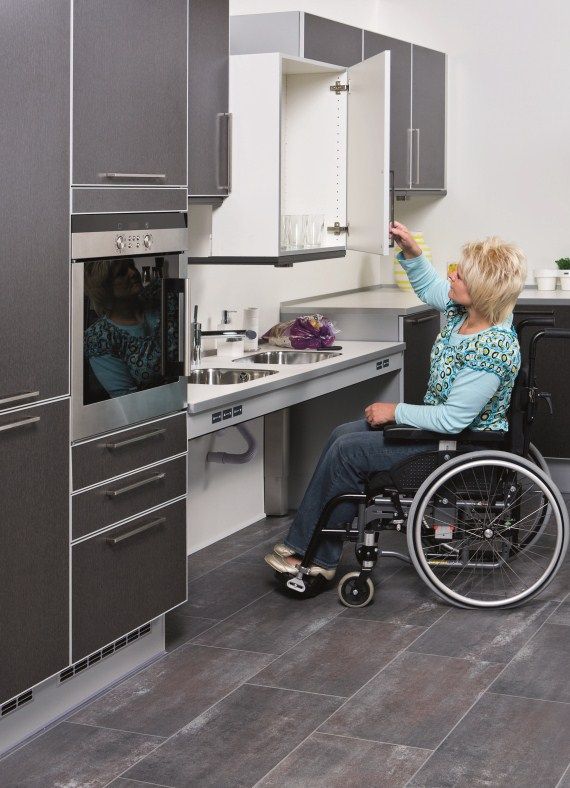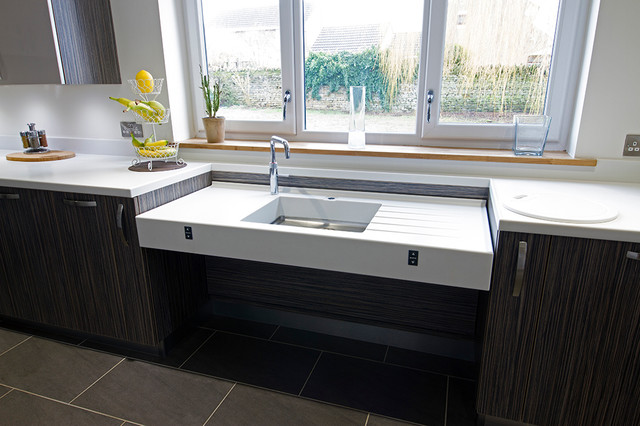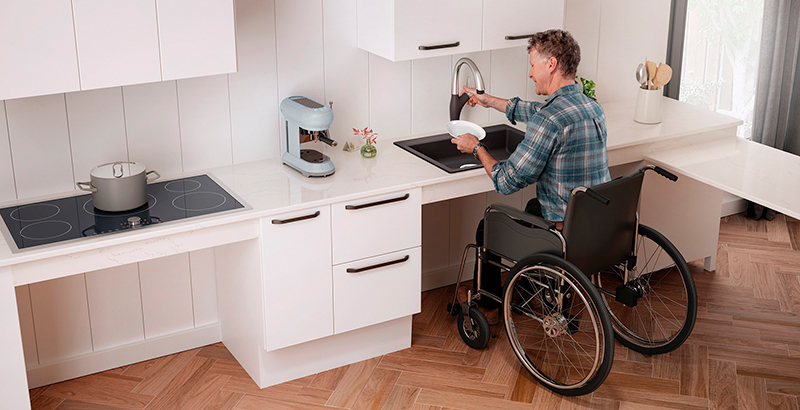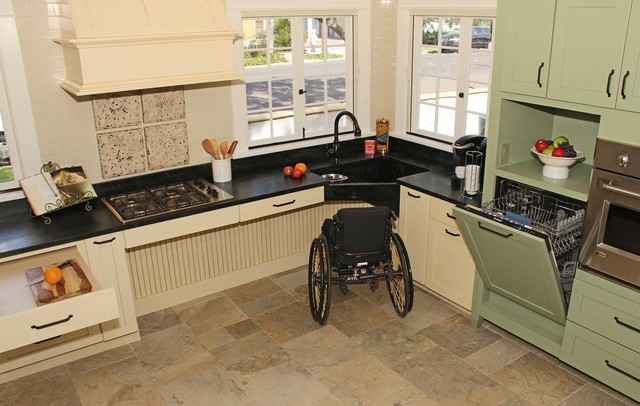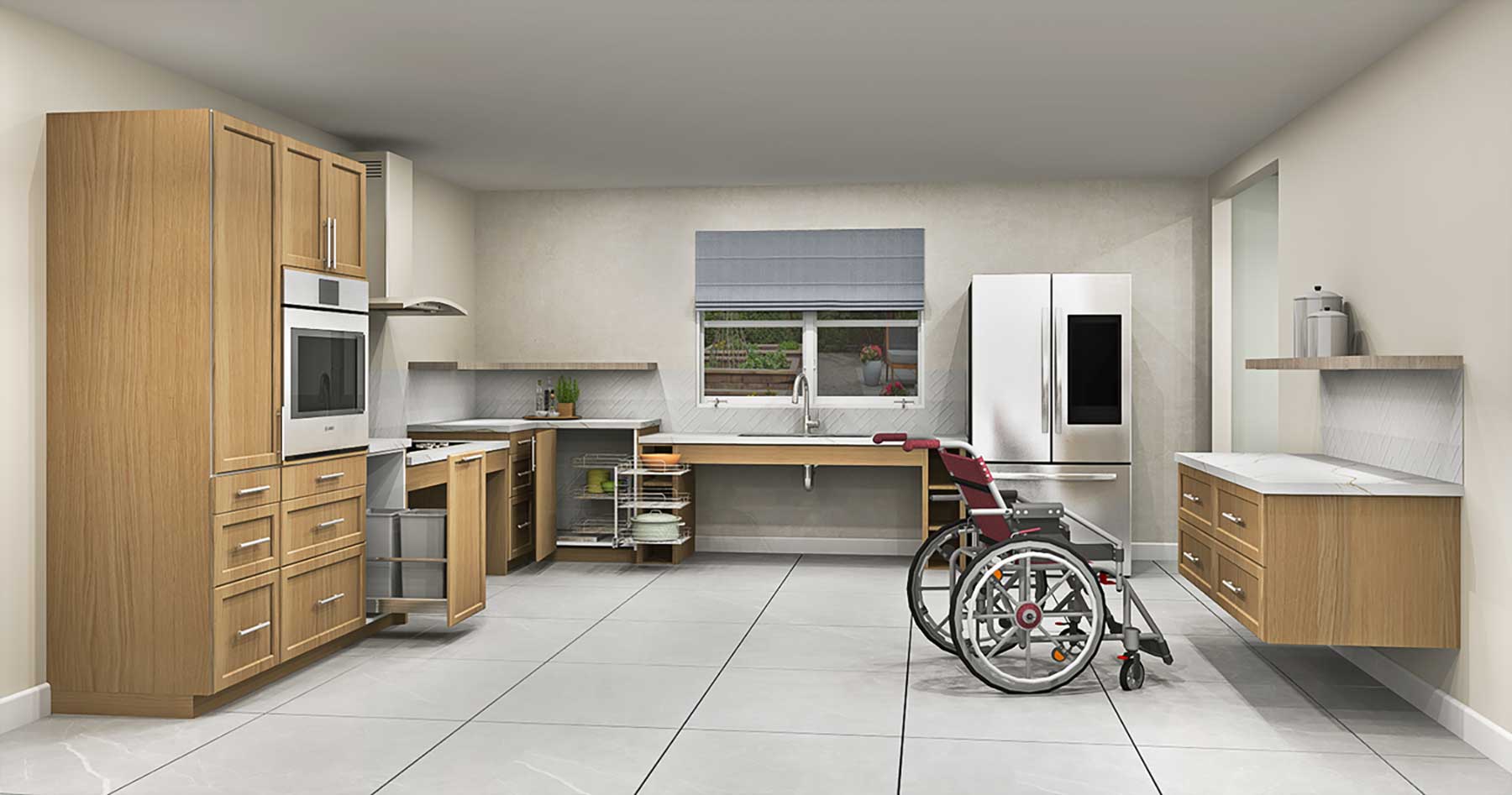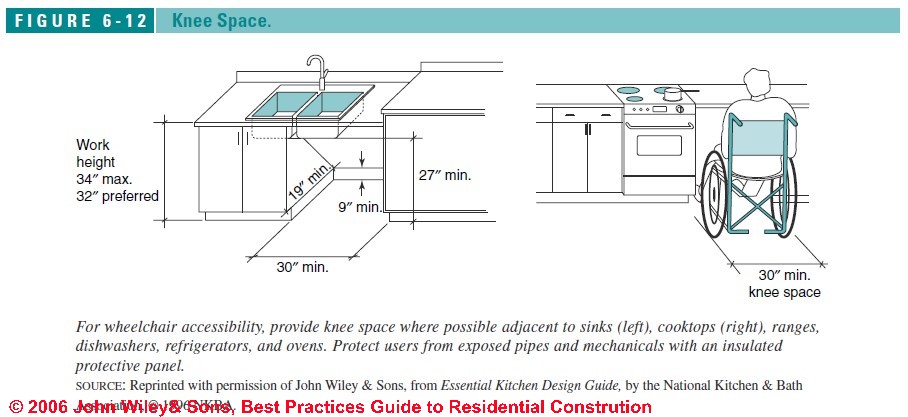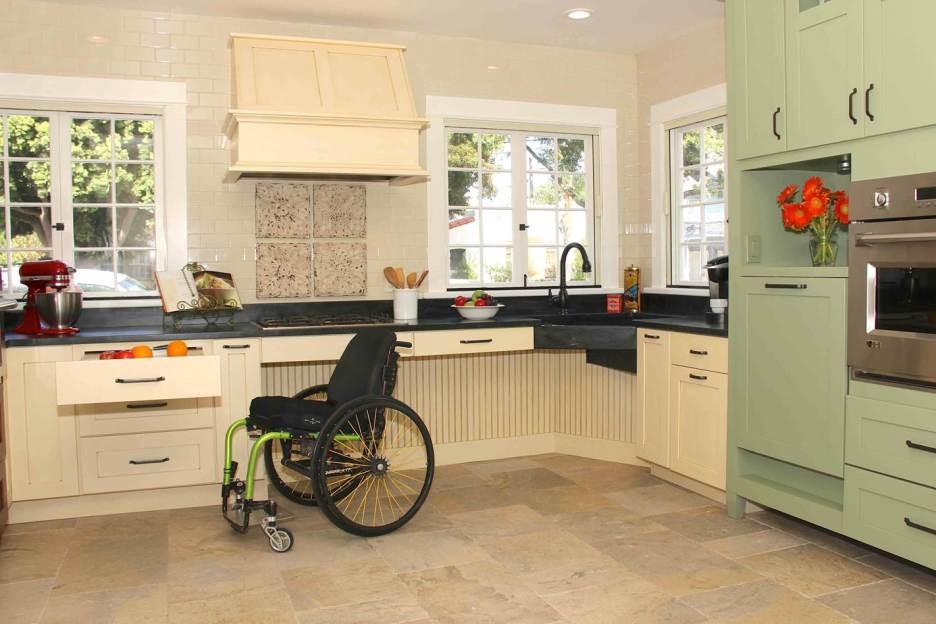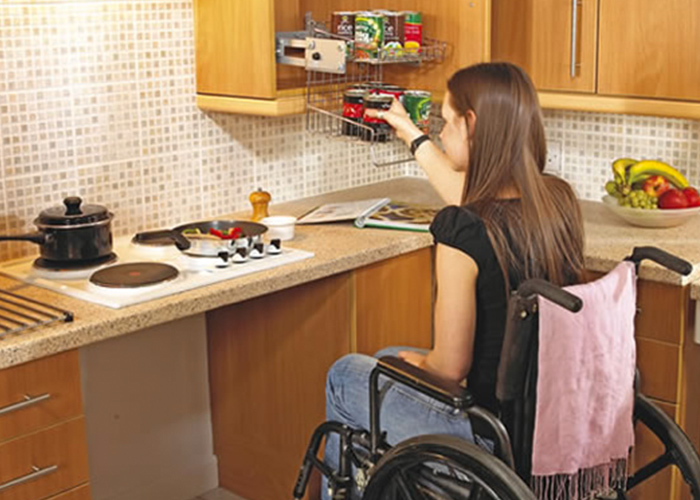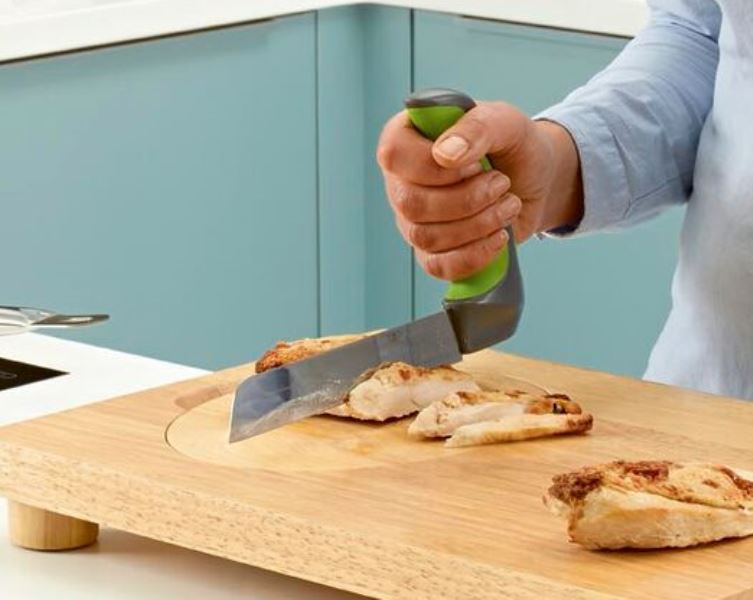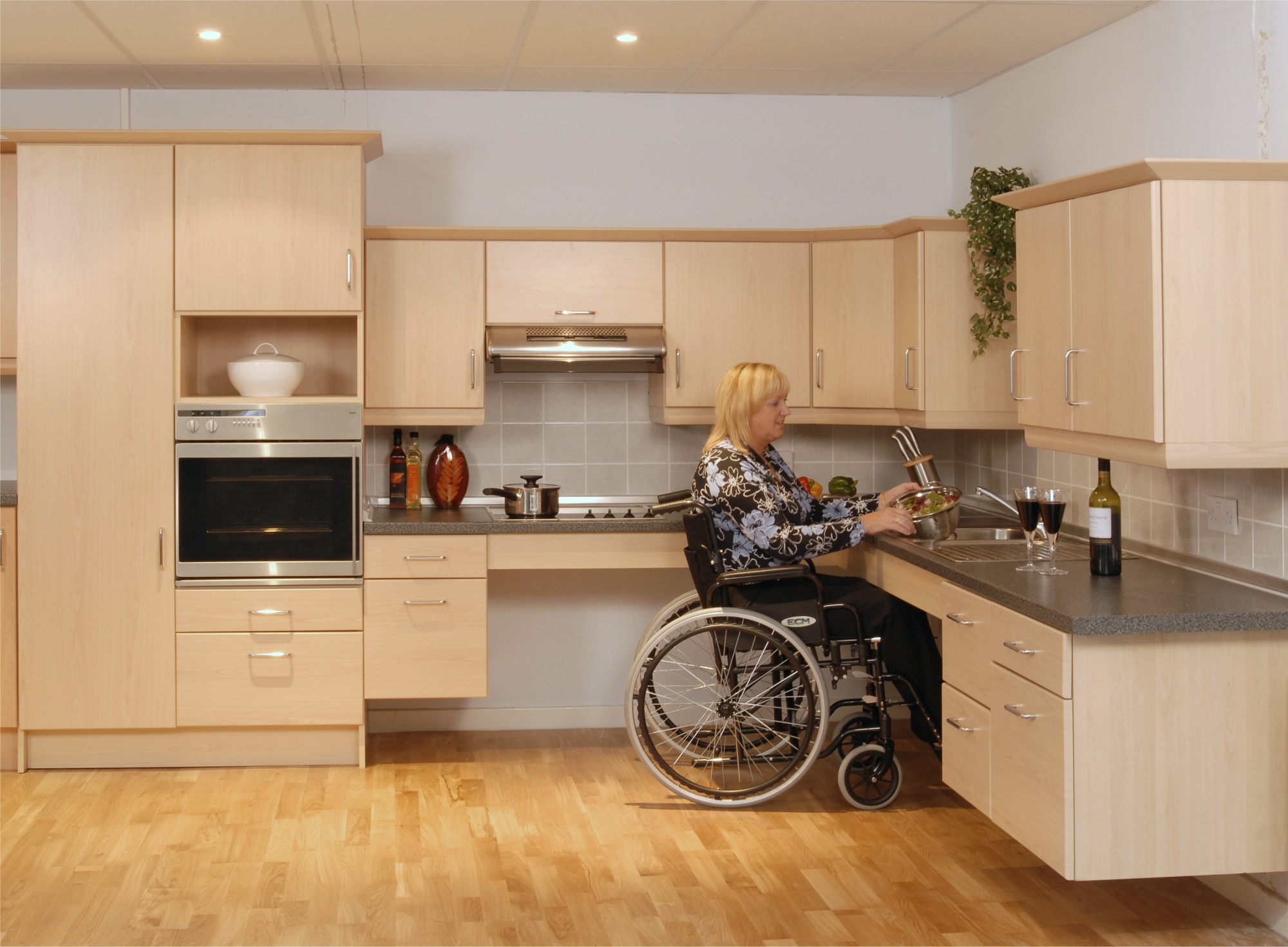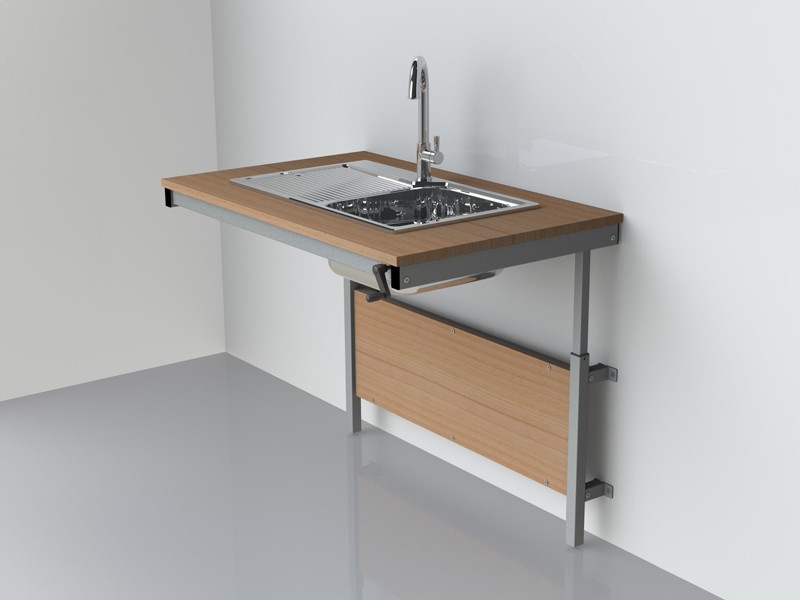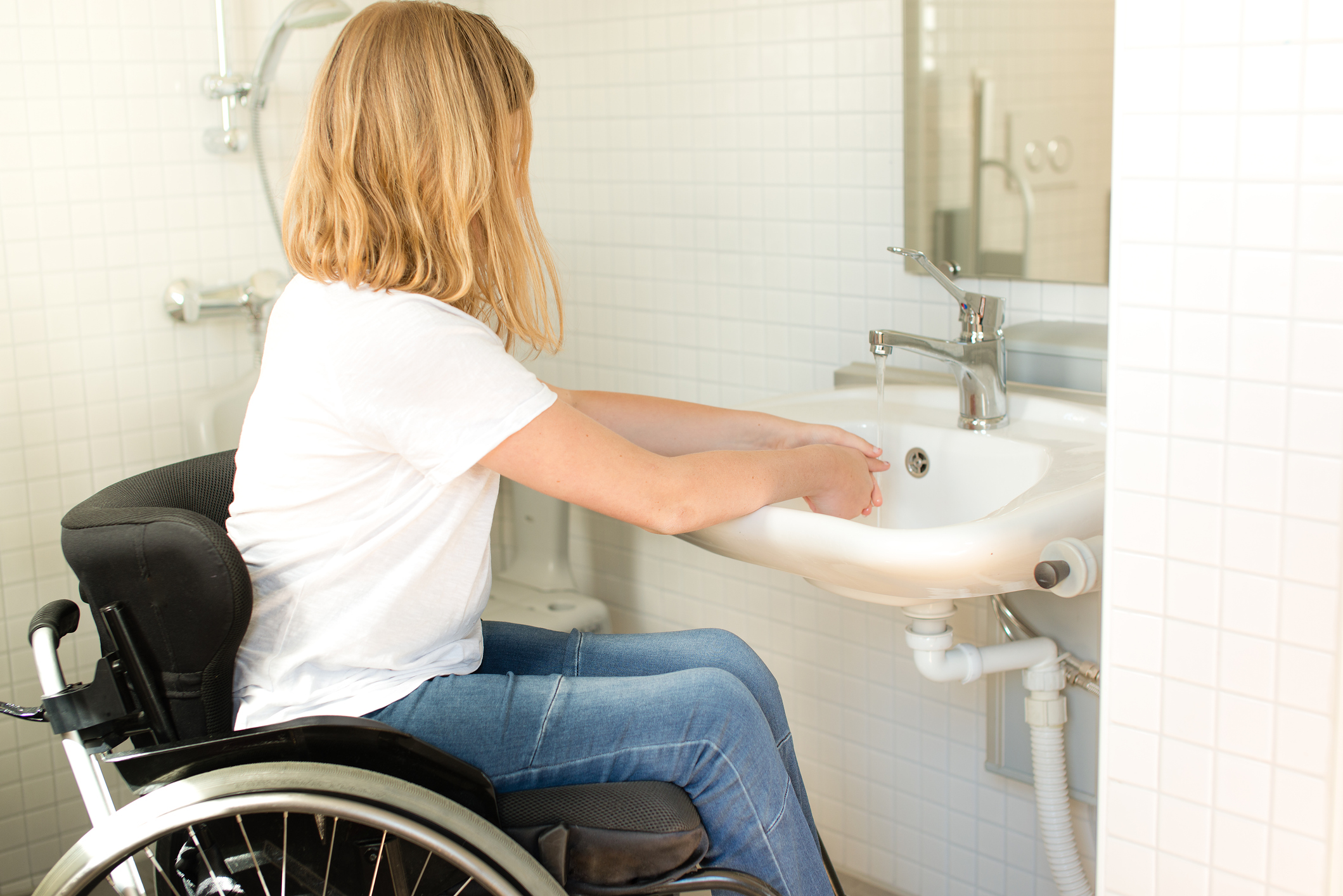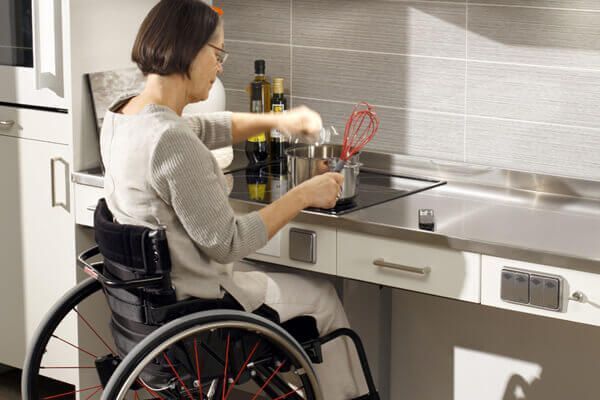Adjustable Height Kitchen Sinks for Disabled Individuals
Kitchen sinks may seem like a simple element in a home, but for individuals with disabilities, it can be a major challenge. The standard height of a kitchen sink, typically around 34 inches, can be difficult for people who use wheelchairs or have mobility impairments to access. Fortunately, there are now adjustable height kitchen sinks specifically designed to cater to the needs of disabled individuals. These sinks can be a game changer for those who struggle to use a standard sink, providing them with greater independence and comfort in their daily routines.
Accessible Kitchen Sink Options for Wheelchair Users
For individuals who use wheelchairs, having an accessible kitchen sink is crucial for performing daily tasks independently. One popular option is a sink with a pull-out feature, which allows the user to bring the faucet closer to them for easier reach. Another option is a sink with a lower basin, allowing wheelchair users to comfortably reach the water without straining their arms. These accessible sink options not only provide convenience but also promote safety and reduce the risk of accidents in the kitchen.
ADA Compliant Kitchen Sinks for Disabled Persons
The Americans with Disabilities Act (ADA) has set specific guidelines for the design and construction of accessible elements in public and commercial spaces, including kitchen sinks. These guidelines ensure that individuals with disabilities have equal access to all areas of a building, including the kitchen. For example, the ADA requires that the sink height should be no higher than 34 inches and have a knee clearance of at least 27 inches. By choosing an ADA compliant kitchen sink, individuals with disabilities can have peace of mind knowing that their needs are being met.
Wheelchair Accessible Kitchen Sink Height Requirements
When it comes to wheelchair accessible kitchen sinks, there are specific height requirements that must be met. According to the ADA, the sink height should be no higher than 34 inches, and there should be at least 27 inches of knee clearance. However, these requirements may vary depending on the individual's height and the type of wheelchair they use. It is essential to consult with a professional to determine the best sink height for your specific needs.
Adaptive Kitchen Sink Solutions for Disabled Individuals
Aside from adjustable height kitchen sinks, there are other adaptive solutions for disabled individuals who struggle with using a standard sink. These include motion sensor faucets, which eliminate the need for twisting or turning knobs, and lever handles, which can be operated with one hand. These adaptive solutions not only make using the sink easier for disabled individuals but also improve accessibility for all users in the household.
Accessible Kitchen Sink Designs for People with Disabilities
Design plays a crucial role in creating an accessible kitchen sink for individuals with disabilities. For example, sinks with a shallow depth and a single bowl design can make it easier for those with limited reach to access the sink. Additionally, undermount sinks, which are installed below the countertop, provide more knee clearance compared to drop-in sinks. By incorporating these designs into a kitchen sink, it can become more accessible and user-friendly for individuals with disabilities.
Adjustable Kitchen Sink Height for Elderly or Disabled Users
The elderly and individuals with disabilities often have different height requirements when it comes to using a kitchen sink. Adjustable height kitchen sinks can cater to these varying needs, providing a comfortable and safe experience for users. With the ability to lower or raise the sink to a suitable level, elderly or disabled individuals can perform tasks without straining their bodies, making daily routines more manageable and enjoyable.
Accessible Kitchen Sink Installation Guidelines for Disabled Persons
Installing a kitchen sink for a disabled person requires careful consideration and adherence to specific guidelines. The height of the sink, as well as the space underneath for knee clearance, must be taken into account during installation. It is also important to ensure that the sink is secure and stable, as individuals with disabilities may need to use it for support. Seeking the help of a professional installer can ensure that the sink is installed correctly and meets all accessibility requirements.
Wheelchair-Friendly Kitchen Sink Options for Disabled Individuals
For individuals who use wheelchairs, having a kitchen sink that is specifically designed for their needs can greatly improve their daily routines. One option is a sink with a shallow depth, allowing wheelchair users to comfortably reach the sink without straining their arms. Another option is a sink with a side drain, providing more under-sink space for knee clearance. These wheelchair-friendly kitchen sink options can make a significant difference in the lives of disabled individuals.
Adjustable Kitchen Sink Height for Individuals with Mobility Impairments
Individuals with mobility impairments often face challenges when it comes to using a standard kitchen sink. An adjustable height sink can provide a solution, allowing them to lower or raise the sink to a comfortable level. This can greatly improve their independence and make daily tasks more manageable. Additionally, the ability to adjust the sink height can also benefit other household members who may have different height requirements.
The Importance of Considering Disabled Kitchen Sink Height in House Design

Designing a Home for Everyone
 When it comes to designing a home, it is important to consider the needs of all individuals who may be living in the space. This includes those with disabilities or physical limitations. One area of the home that often gets overlooked in terms of accessibility is the kitchen sink. Many standard kitchen sink heights can be difficult for individuals with disabilities to use, leading to frustration and inconvenience. That's why it is crucial to consider disabled kitchen sink height in house design.
Disabled Kitchen Sink Height
The Americans with Disabilities Act (ADA) has specific guidelines for kitchen sink height in order to ensure accessibility for individuals with disabilities. The recommended height for a kitchen sink according to the ADA is between 29 and 34 inches from the floor. This is significantly lower than the standard height of 36 inches, making it easier for individuals in wheelchairs or with limited mobility to reach and use the sink comfortably.
Benefits of Considering Disabled Kitchen Sink Height
By taking the time to consider disabled kitchen sink height in house design, you are not only making the space more accessible for those with disabilities, but you are also creating a more functional and user-friendly kitchen for everyone. Lowering the sink height can also make it easier for children to use, promoting independence and helping them develop important life skills. Additionally, a lower sink height can also prevent strain and injury for individuals who may have difficulty bending or reaching.
When it comes to designing a home, it is important to consider the needs of all individuals who may be living in the space. This includes those with disabilities or physical limitations. One area of the home that often gets overlooked in terms of accessibility is the kitchen sink. Many standard kitchen sink heights can be difficult for individuals with disabilities to use, leading to frustration and inconvenience. That's why it is crucial to consider disabled kitchen sink height in house design.
Disabled Kitchen Sink Height
The Americans with Disabilities Act (ADA) has specific guidelines for kitchen sink height in order to ensure accessibility for individuals with disabilities. The recommended height for a kitchen sink according to the ADA is between 29 and 34 inches from the floor. This is significantly lower than the standard height of 36 inches, making it easier for individuals in wheelchairs or with limited mobility to reach and use the sink comfortably.
Benefits of Considering Disabled Kitchen Sink Height
By taking the time to consider disabled kitchen sink height in house design, you are not only making the space more accessible for those with disabilities, but you are also creating a more functional and user-friendly kitchen for everyone. Lowering the sink height can also make it easier for children to use, promoting independence and helping them develop important life skills. Additionally, a lower sink height can also prevent strain and injury for individuals who may have difficulty bending or reaching.
Design Tips for Disabled Kitchen Sink Height
 When designing a kitchen with disabled kitchen sink height in mind, there are a few key tips to keep in mind. First, consider installing a sink with a shallow basin to reduce the distance between the user and the water. This can make it easier for individuals in wheelchairs to reach the sink and perform tasks such as washing dishes or preparing food. Additionally, consider installing a pull-out faucet or a touchless faucet for added convenience and ease of use.
Conclusion
In conclusion, when designing a home, it is important to consider the needs of all individuals, including those with disabilities. By taking the time to consider disabled kitchen sink height, you are promoting accessibility and creating a more functional and user-friendly space for everyone. By following the ADA guidelines and implementing design tips, you can ensure that your kitchen sink is accessible and convenient for individuals with disabilities. Remember, a little consideration can go a long way in making a house truly feel like a home for everyone.
When designing a kitchen with disabled kitchen sink height in mind, there are a few key tips to keep in mind. First, consider installing a sink with a shallow basin to reduce the distance between the user and the water. This can make it easier for individuals in wheelchairs to reach the sink and perform tasks such as washing dishes or preparing food. Additionally, consider installing a pull-out faucet or a touchless faucet for added convenience and ease of use.
Conclusion
In conclusion, when designing a home, it is important to consider the needs of all individuals, including those with disabilities. By taking the time to consider disabled kitchen sink height, you are promoting accessibility and creating a more functional and user-friendly space for everyone. By following the ADA guidelines and implementing design tips, you can ensure that your kitchen sink is accessible and convenient for individuals with disabilities. Remember, a little consideration can go a long way in making a house truly feel like a home for everyone.












